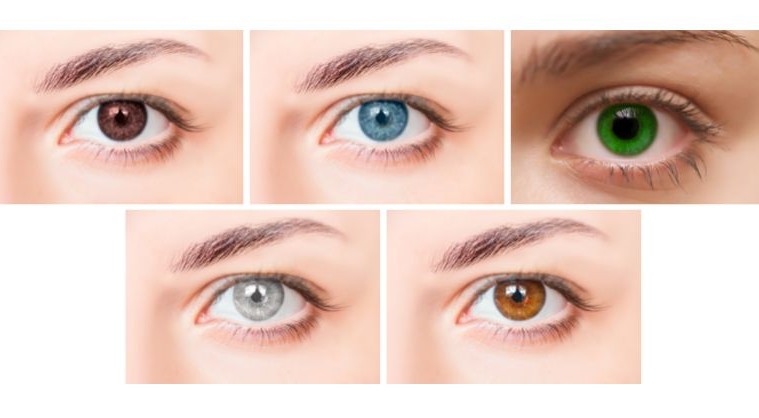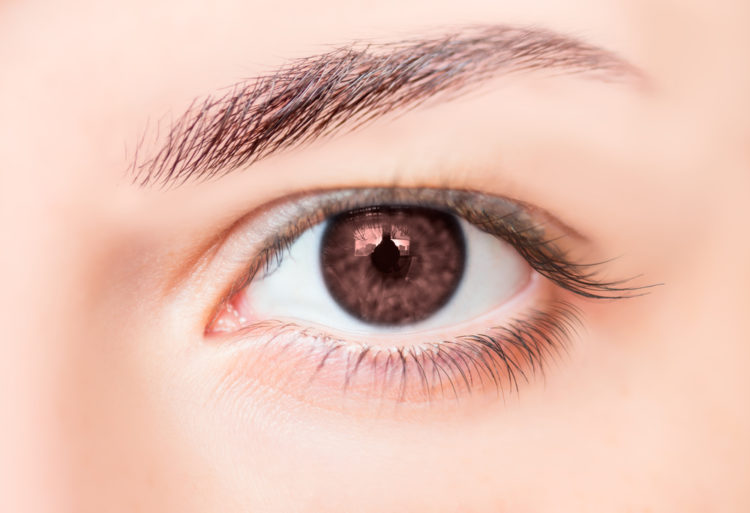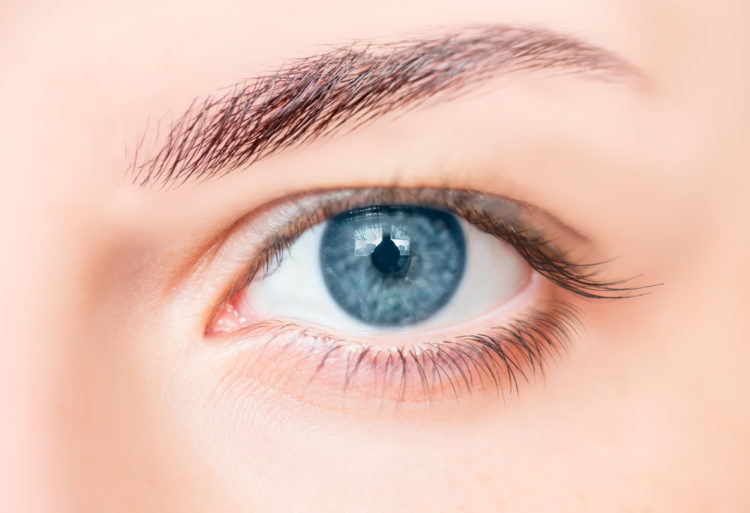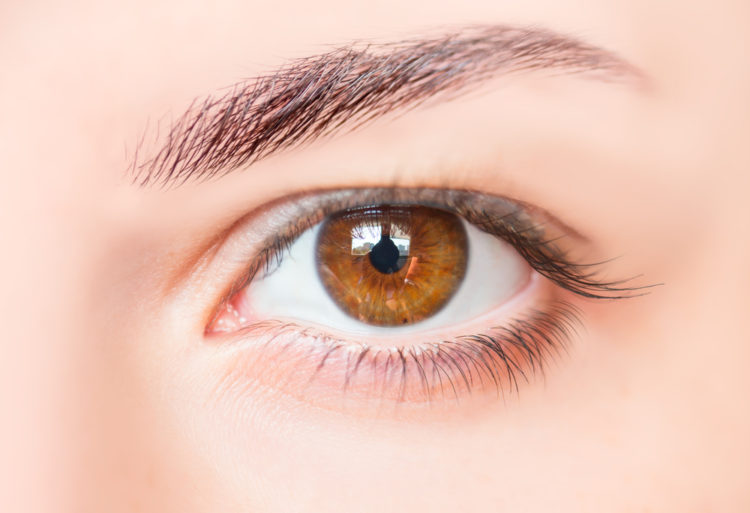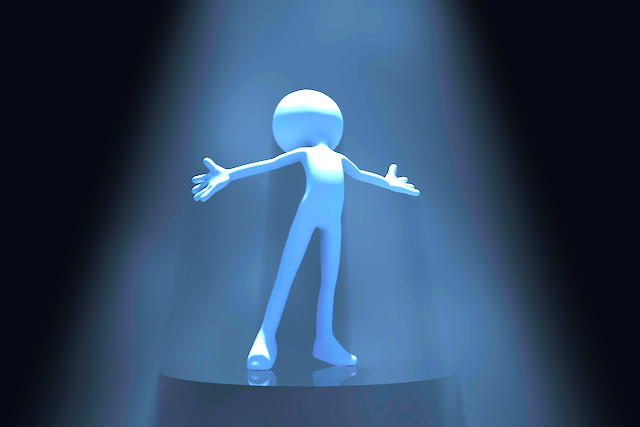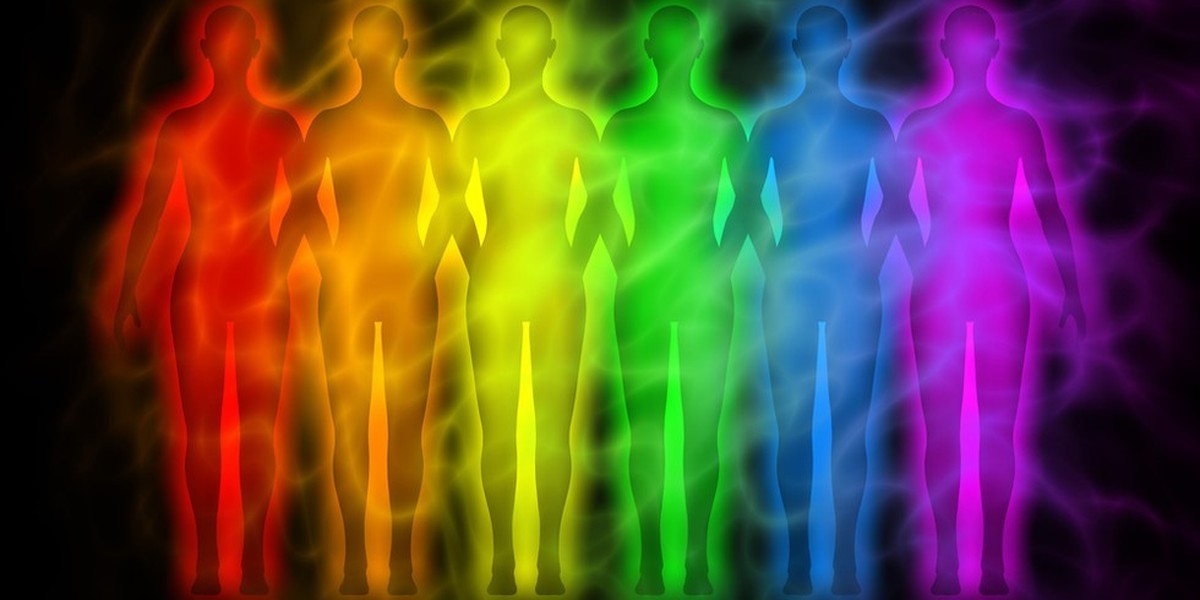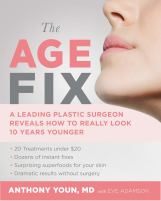
“Out of difficulties grow miracles.” ~Jean dela Bruyere
The image in my mind is vivid, like an old photograph etched into my brain, where every facet is clearly discernible.
It was a frigid, blustery December night, right before my son’s seventh birthday. The heating unit had gone on the blitz, and the house was so freezing it seemed as though ice crystals would form on the inside of our windows.
Grabbing as many blankets as possible, I wanted to envelope my son with covers, hoping he would feel safe and warm in the cocoon. Time for bed, I reassured him that all would be fine despite the bitter cold, and to have sweet dreams of sweltering, sunny summer.
He then uttered a sound that I’ll never forget: “Da-ye.”
I screamed for my wife, needing a witness to convince me that the frosty air had not played tricks on my brain or ears. She ran upstairs in great haste, anticipating some dire emergency that required her immediate attention.
I relayed what had just transpired. One minute later, my son uttered the sweet sound again, “Da-ye.”
My wife started crying—and not because she wanted his first word to be “Mom” or some close variation.
Tears cascaded down her face because we were told our son would never speak. And at this moment, it was difficult for me to even speak as I was overwhelmed by the unbridled joy that overflowed my heart.
My wonderful son, Scott, had just given us a gift, a blessing and miracle that was never supposed to be. He’d just uttered his first word, and we anticipated more words to come.
At about two and a half years old, Scott was diagnosed on the autism spectrum.
The diagnosis was so grim that we were told that our son would never be able to be functionally independent. Worse, according to the neurodevelopmental specialist, he would not be able to perform even the most rudimentary tasks, or achieve any milestones, like the ability to speak.
The dire prognosis was unfathomable, and devoid of the slightest compassion: “You better get him ready for an institution because that’s where he is going.”
Hurt, bewildered, fearful, and especially defensive, I told the doctor that we’re not buying into his bleak fortuneteller’s reading.
I explained he does not know our son’s innate abilities, the incredible amount of effort and sacrifice we were prepared to exercise to help our son maximize his potential, or what special treatments or breakthroughs are on the horizon.
“It’s good you still believe in miracles,” the specialist responded. He had the last word … well, if you don’t count my blasphemous retort, said under my breath.
That car ride home felt like one of the longest rides we had ever taken. We felt hopeless and aimless, uncertain what direction to take.
But while I was unsure what protocols to begin, I knew that we had to first have a shift of mindset.
I reminded my wife (and myself) that Scott was no different now than he was before the doctor’s visit. In addition, I told her that we would use this physician’s words to propel us toward meaningful action, and sustain our efforts even though the road ahead seemed endless.
We would be thoroughly involved moment to moment, choose to be present-oriented, and let the future take care of itself.
This, in and of itself, could be deemed a miracle. I had always looked at the glass half-empty, consumed with the outcome of a given endeavor, but always expecting an unfavorable result.
Now, for my own sanity’s sake, and for Scott’s best interests, I had to transform myself into a much more positive person, believing in limitless possibilities.
I was not going to be weighed down with what if’s and concerns about tomorrow. Each day would present another opportunity to make the proverbial difference in our son’s life.
Miraculous observation: Life’s challenges and hardships can actually help us evolve.
We not only have to think of creative solutions, but we have to cultivate a mindset conducive to overcome barriers. We all have the miraculous capacity to change, and obstacles almost demand a change in perspective and mindset if negativity has been the dominating influence in our lives.
So for the next four and a half years after that life-changing doctor’s visit, I spoke incessantly to Scott as if he understood me. I remember those early years picking Scott up from school, and engaging in marathon monologues.
Sure, there were dark days. Pessimism and hopelessness would creep in, and I lost some of these emotional battles at times, but I never stopped fighting to control my own thoughts. (As spiritual writer, Louise Hay, points out: “Change the thoughts and the feelings must go.”)
But overall, you would not recognize me because of my new uncompromising will, determination, and perseverance. I knew my son would speak one day!
And years later, my prognostication came true, damned the torpedoes and that neurodevelopmental specialist.
Whatever you’re going through now, see this as an opportunity to transform your state of mind and develop greater optimism and perseverance. Your challenge can make you bitter or better—the choice is yours.
Miraculous observation: Small changes can lead to big improvement over time.
Yes, we were blessed that Scott finally started speaking, but even if that never occurred, we saw other miracles. A boy who had colic exponential one million, and who screamed most of the day, transformed into a very affectionate, happy-go-lucky child—even before gaining the capacity to speak.
You may be facing trials and tribulations right now. Perhaps the outcome that you desire has not materialized yet. However, can you see any small incremental changes helping the pendulum swing in your favor? Can you envision a happy ending but still focus on the here and now?
Try to see those tiny miracles as they manifest in your own life, and express gratitude when they surface. By appreciating the small shifts, you’ll be better able to maintain an optimistic mindset, which will help you continually move forward.
Realize you’re a walking and talking miracle, too, and what you can accomplish can transcend anyone else’s limiting beliefs about you. But the first step to opening your eyes to life’s miracles is to free yourself of your own limiting beliefs. You can stronger than you know, and you can do more than you think.
Miraculous observation: Challenges give us the opportunity for deep connection.
We often concentrate our energy and attention on those who have hurt us or disappoint us. We tend to overlook those souls who have been instrumental in guiding and leading us toward our best selves.
While we were reveling in Scott’s progression, it dawned on me that we were blessed to know people who had made tremendous sacrifices to ensure his optimal growth and development.
We were surrounded and supported by miraculous angels: We had two devoted, creative, and nurturing therapists who worked with Scott, day in and day out, for years. A preschool director had provided a first-rate education to him, and still, years later, spends an inordinate amount of time offering her healing methodologies.
In addition, one or two teachers at the public school have differentiated themselves from their colleagues by vesting so much energy to see Scott advance. My mom has also been unwavering in her dedication and support of our family.
The miracle is that there are people in our lives who care deeply about us, and even make sacrifices to try to help us.
And the miracle of synchronicity occurs: Such people often come into our lives when we need them most. Everything is timing, and our angels came to the forefront at the perfect moments—almost through divine intervention.
If you feel alone now and can’t think of anyone who can touch your life in a positive way, please be open to widening your social circle. When you’re ready and open to it, the right people will come into your life.
Lori Deschene, Founder of Tiny Buddha asserts, “The only way to connect with people is to be willing to remove the distance.” All my life I had distanced myself from others. But after Scott’s diagnosis, I had to form meaningful connections—with therapists, teachers, members of the autism community, etc.
See the miracle of connection, especially when times get tough.
Final lesson: We can all handle adversity.
For me, I see adversity as a hard stone—but one that is penetrable. I see myself blasting right through it.
Others may envision adversity in a different way, or approach it in a different manner. Regardless of perspective, I realize that adversity does not have to overwhelm us if we keep our wits about us. If we choose not to ruminate on how hard it is, we can instead focus on doing whatever is necessary to free ourselves of its hold.
My son’s so-called disability has changed me immeasurably.
I’ve learned the miracles of exceeding others’ limiting beliefs, breaking bad habits, adopting a new and improved mindset and disposition, seeing rainbows when it pours, appreciating distinct moments and the synergy of connection with others, all at the right time, and I’ve developed a never-giving-up spirit come what may.
I owe so much to my beloved son and the miracles I’ve observed since his birth. It is my fervent hope that you see the miracles that are often camouflaged in hardship.
Colorful umbrella image via Shutterstock
By Andy Lax

